Turntable needles: purpose, types and selection
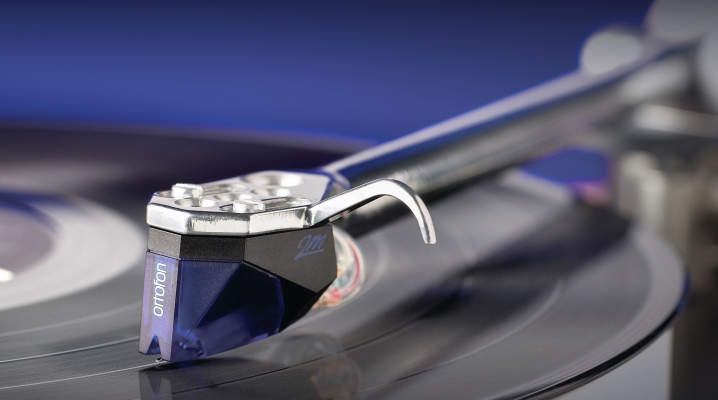
Listening and collecting vinyl records is a hobby that is gradually taking over the whole world. The richness of the sound in this process largely depends on the player, in particular, on the needle for playing records.
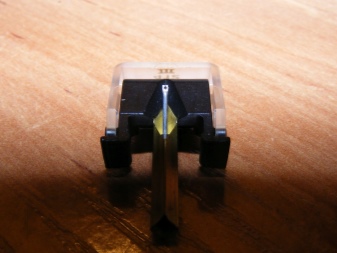
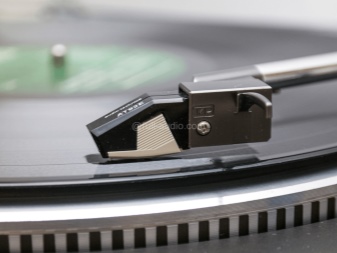
Features and device
The turntable needle is part of the pickup, just like the head and tonearm. The needle moves with the sharp end along the sound track. Irregularities in its path cause the needle to vibrate at a certain frequency. This process allows you to hear the sound recorded on vinyl records.
The vinyl media needle must match the dimensions of the media grooves. Geometries matched to the plate provide a richer sound during playback.
Note that a vintage radio may require 80, 120, or 25 micron needles. Relatively modern audio technology requires a needle radius of 15 microns or less.
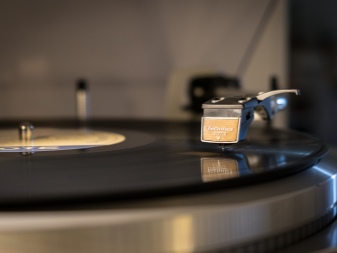
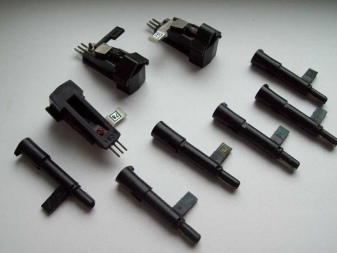
The pickup needle has the following parameters:
- clamping force;
- frequency range;
- the weight.
The detail depends on how the channels can be reproduced separately, without penetration.
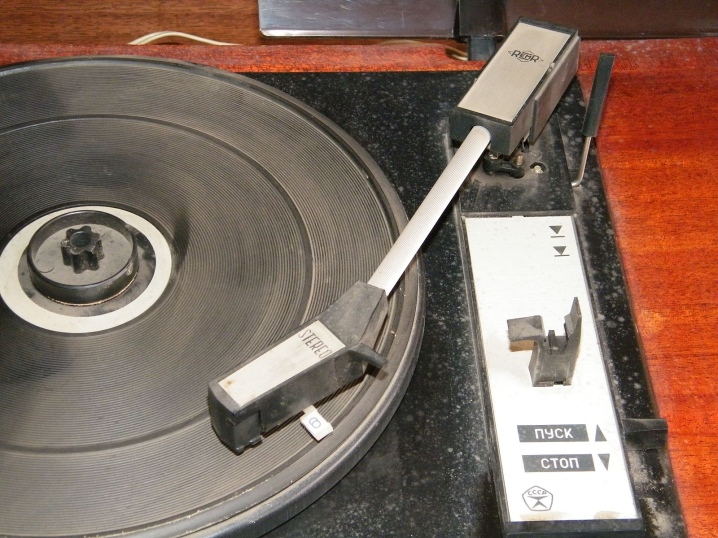
The material for this part of the pickup can be either a steel-based alloy or natural or synthetic minerals, be it diamond or sapphire. Regardless of the raw material, for cleaning should be used special liquid that allows you to remove dirt, which the needle collects from the grooves of the records at each listening.
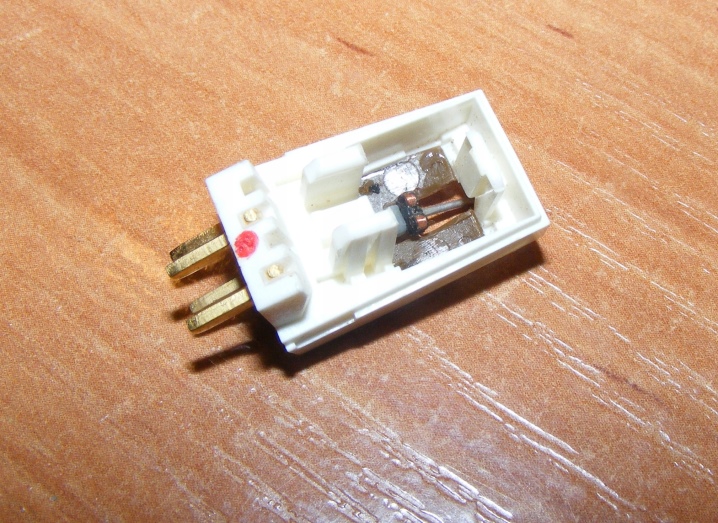
Life time
It is the material, more precisely, its hardness, which largely influences the period of possible operation. So, a part made of an alloy based on steel can properly serve no more than 3 minutes. This is enough time to listen to one side of the gramophone record. Unsurprisingly, parts made from this metal were sold in boxes of 200 each.
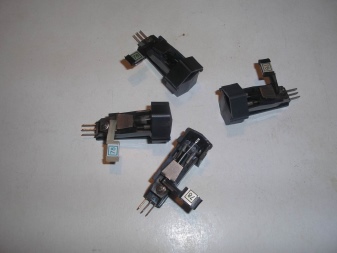
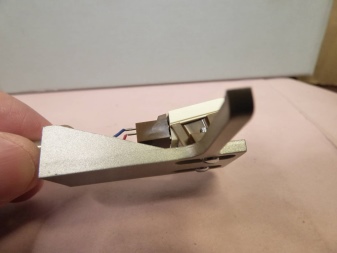
Parts made of corundum (sapphire) are many times superior to steel ones. Due to their hardness and high wear resistance, their service life reaches 350 hours of listening to phonograph records. Such models are still appreciated by amateurs of acetate and shellac media, unable to withstand playing with harder materials, such as diamond. The service life of diamond needles reaches 1000-1500 hours of listening to music.
It is impossible to notice that the head with the needle is worn out with the naked eye. However, the emerging sound problems are the first and main manifestation of head wear.
Experts advise changing the needle after 600 hours of playing records.
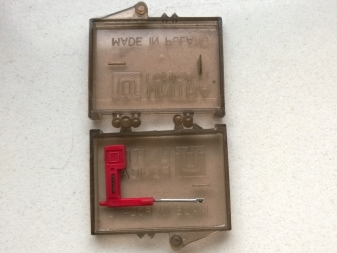
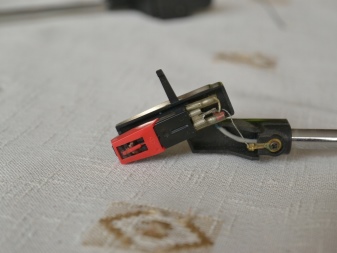
Overview of the main types
In addition to the difference in materials, parts are subdivided according to the type of sharpening. It is this property that makes it possible to more fully read the available information on the carrier. Despite the variety of types, there is still no perfect sharpening. The fact is that the grooves on the records are cut by a special cutter, the dimensions of which, of course, are available from the manufacturers. However, its exact copying in the production of a needle is impossible, because then it will not read information, but cut the medium.
Spherical
Tapered needles are the models with the largest transverse radius. Among the disadvantages stands out the smallest radius of contact with the plate, which causes a dull monotonous sound. Due to this property, needles of this type last longer than other subspecies.
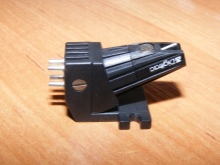
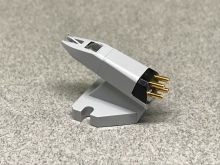
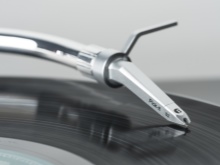
Elliptical
The elliptical needle also resembles a sphere, but its edges are flattened. This structure allows you to read the high-frequency range, making the sound of the gramophone record richer and richer. As a rule, the contact area of the product is larger, which leads to a shorter service life.
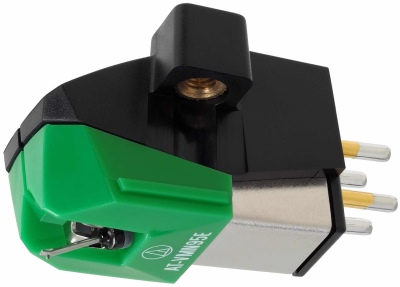
Hyperelliptic
The hyperelliptical parts included in the pickup are a modified version of the elliptical needles. Their area of contact is larger, and the transverse radius is smaller.
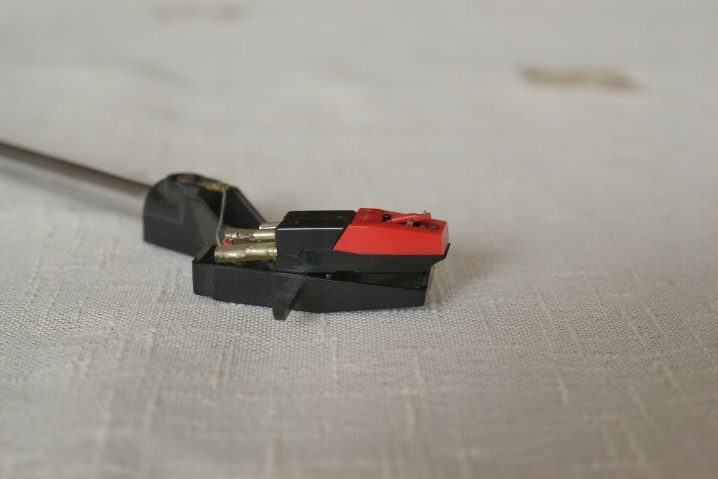
According to experts, even an inexpensive turntable can be greatly improved and enriched by changing one needle to another.
Modern needles can be corundum or diamond, and sometimes they combine both materials. The diamond part has excellent hardness, but is not suitable for acetate plates. A diamond needle with a corundum tip, which combines pliability and hardness, is considered universal.
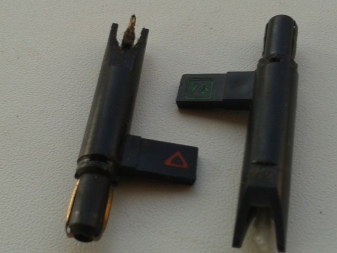
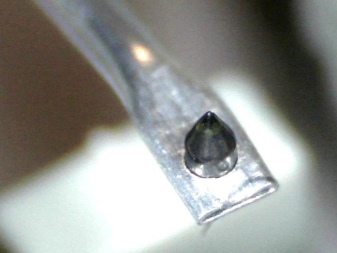
Selection Tips
The choice of needles for a cartridge depends on the type of turntable. So, when deciding to replace a part, you should first determine whether replacement is possible. So, for Soviet devices, this function is impossible, and therefore it is better to buy a turntable originally from the USSR with a needle in good condition.
For modern technology, experts do not recommend buying Chinese-made needles, which are widely represented on the largest sites of goods with delivery from China. In most cases, ceramics are used as materials for manufacturing, which cause controversy about their suitability.
Among the types of sharpening, it is recommended to give the choice of hyperelliptic needles made of combined materials. So, the base can be made from more budgetary raw materials, in contrast to the tip, on which it is not recommended to save.
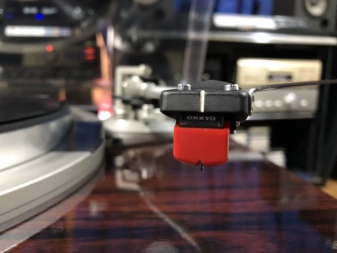

How to replace and customize?
Replacing the stylus is necessary if it is worn out and the playback sound becomes worse. To do this, remove the part by pulling it away from the tonearm.
It is more reasonable to keep a used needle for ease of future purchase. Note that certain parts were produced on older turntables, and at the moment it is almost impossible to find the same. In the absence of the same model, a new stylus is selected and, if necessary, a cartridge.
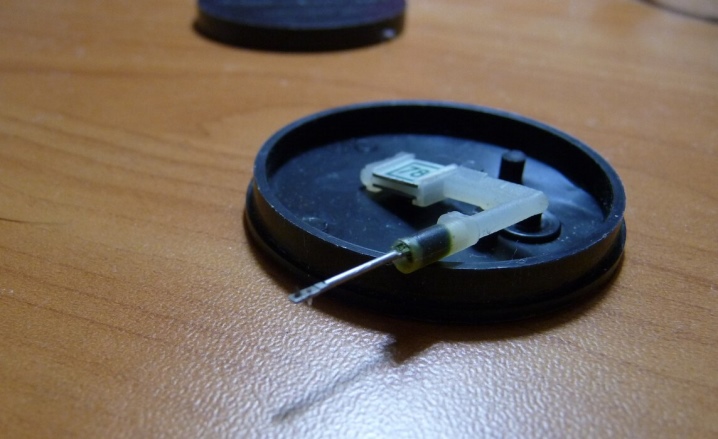
The new component is installed in the cartridge socket. It is necessary to check the direction - the needle must be directed vertically downward.
Since stylus change is directly dependent on the cartridge, you should check its condition. The setting is correct, if the pressure force of the head is optimal, and the needle sits clearly in the track on the plate.
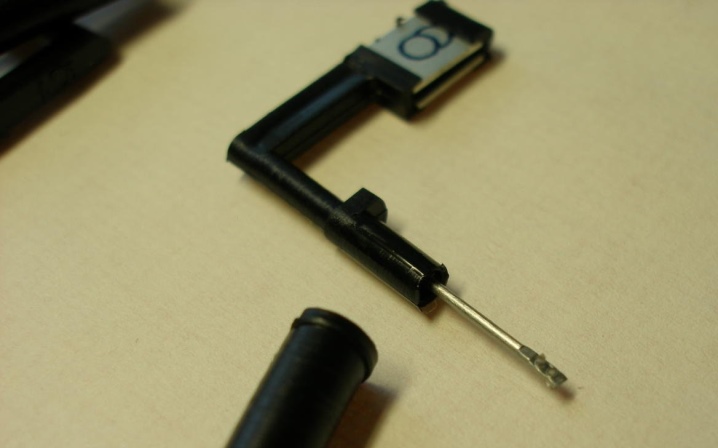
How to clean?
If a new part does not give full sound, it is recommended to think about cleaning it, which should be regular. Note that, in addition to the needle, the surface of the plates themselves must be cleaned with brushes and special liquids.
To remove dirt and to clean the needle from dust, carbon brushes with stiff and short bristles are produced, as well as small-sized brushes of various types and shapes. The brush for cleaning is used in conjunction with professional products. In addition to cleaning products, cleaning can be done with highly tacky silicone pads to which a needle is applied. At the same time, the dirt sticks to the silicone and is subsequently easily cleaned from it. When using the brush for cleaning, consider the direction of movement. In order not to damage the head, it is necessary to carry out movements from back to front, avoiding lateral and directions from front to back.
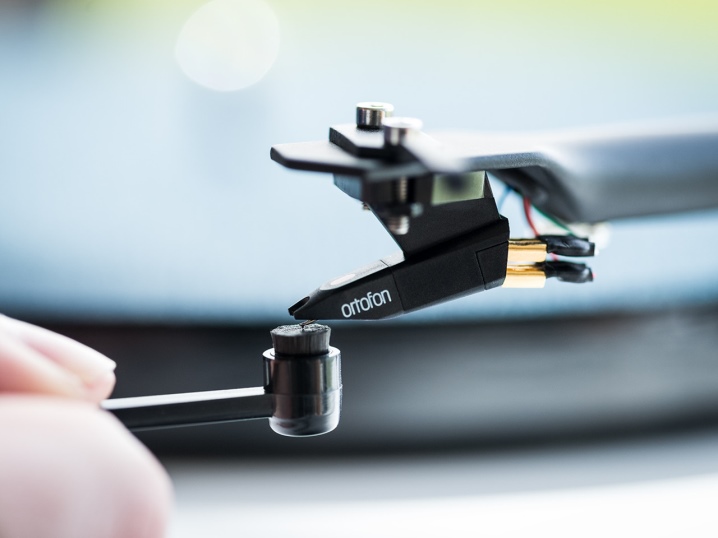
A good needle and proper care of it will help you enjoy your favorite music in alternative sound.
See below for how to choose the right turntable stylus.













The comment was sent successfully.